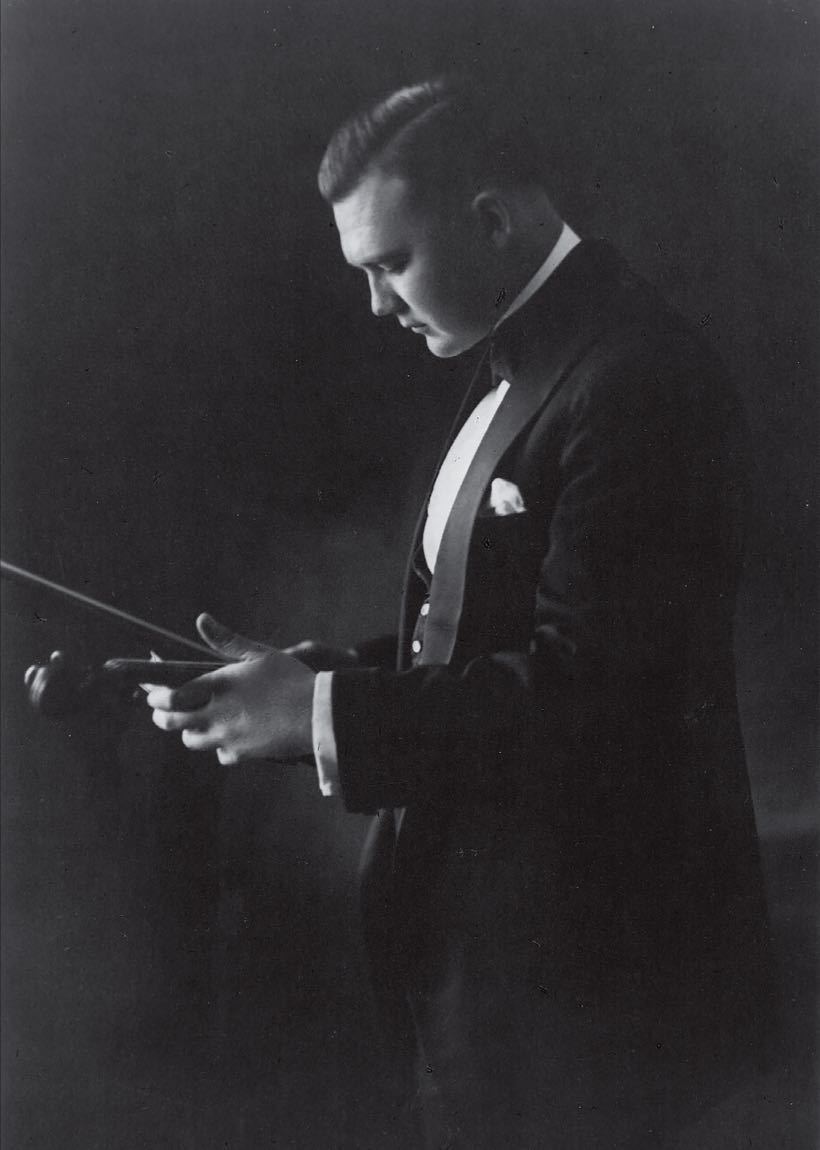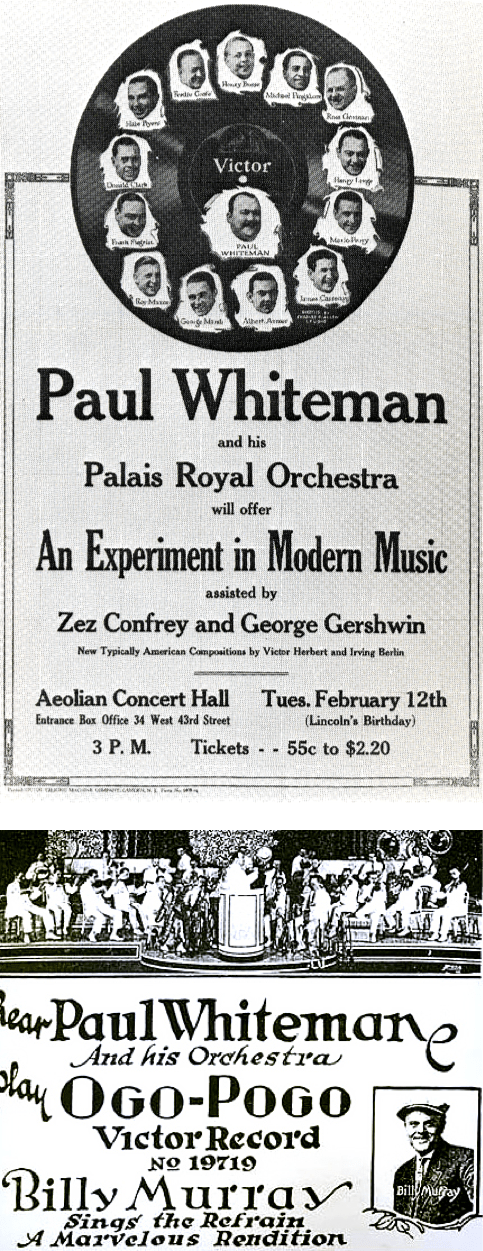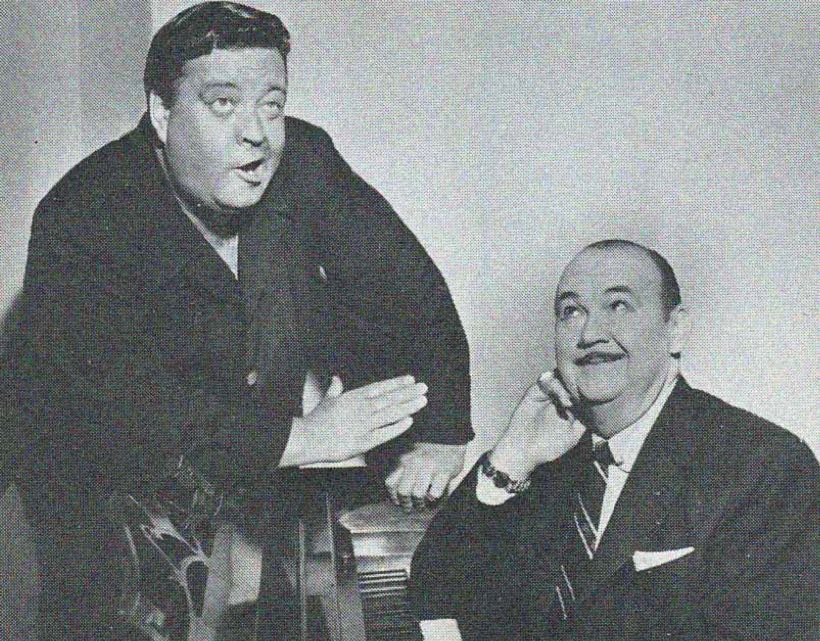A child of musical parents
Born in Denver on March 28, 1890, Paul Samuel Whiteman was raised by musician parents. His mother Efrida was an opera singer, and his father Wilberforce James served as director of music for Denver Public Schools. As a student at East High School, Whiteman was highly encouraged to learn an instrument and gravitated towards viola. Showing an innate talent for the instrument, Whiteman was quickly picked up by the Denver Symphony Orchestra in 1907 at the ripe age of 17. From there, he moved to the west coast and joined the San Francisco Symphony.




